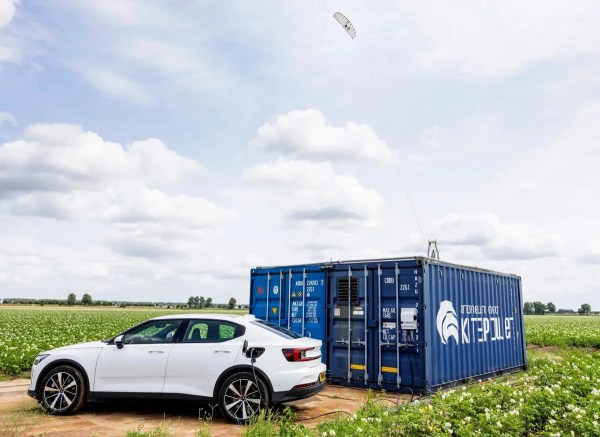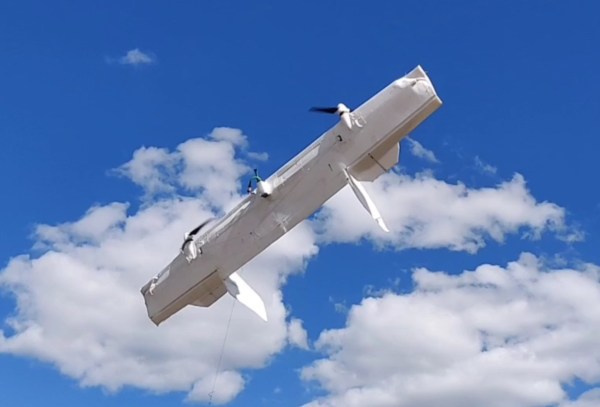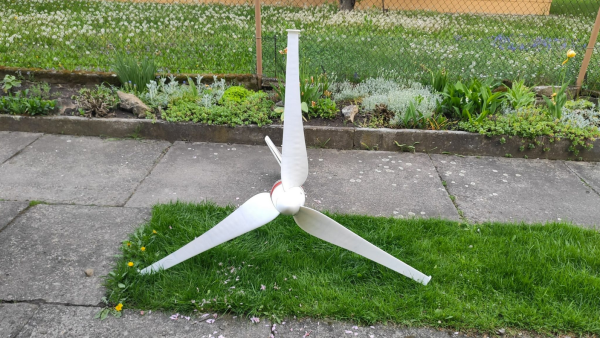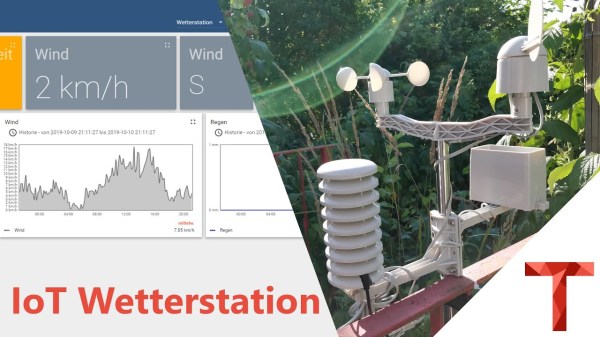Sometimes, it’s nice to know how windy it is outside. Knowing the direction of the wind can be a plus, too. To that end, [Sebastian Sokołowski] built himself an unusual anemometer—a wind gauge—to feed into his smart home system.
[Sebastian’s] build is able to tell both wind speed and direction—and with no moving parts! Sort of, anyway. That makes the design altogether different from the usual cup type anemometers with wind vanes that you might be used to seeing on home weather stations. [Sebastian] wanted to go a different route—he wanted a sensor that wouldn’t be so subject to physical wear over time.
The build relies on strain gauges. Basically, [Sebastian] 3D printed a sail-like structure that will flex under the influence of the wind. With multiple strain gauges mounted on the structure, it’s possible to determine the strength of the wind making it flex and in what direction. [Sebastian] explains how this is achieved, particularly involving the way the device compensates for typical expansion and contraction due to temperature changes.
It’s a really unique way to measure wind speed and direction; we’d love to learn more about how it performs in terms of precision, accuracy, and longevity—particularly with regards to regular mechanical and ultrasonic designs. We’ll be keeping a close eye on [Sebastian’s] work going forward. Video after the break.
Continue reading “Making A Unique Type Of Wind Gauge For Home Assistant Use”
















